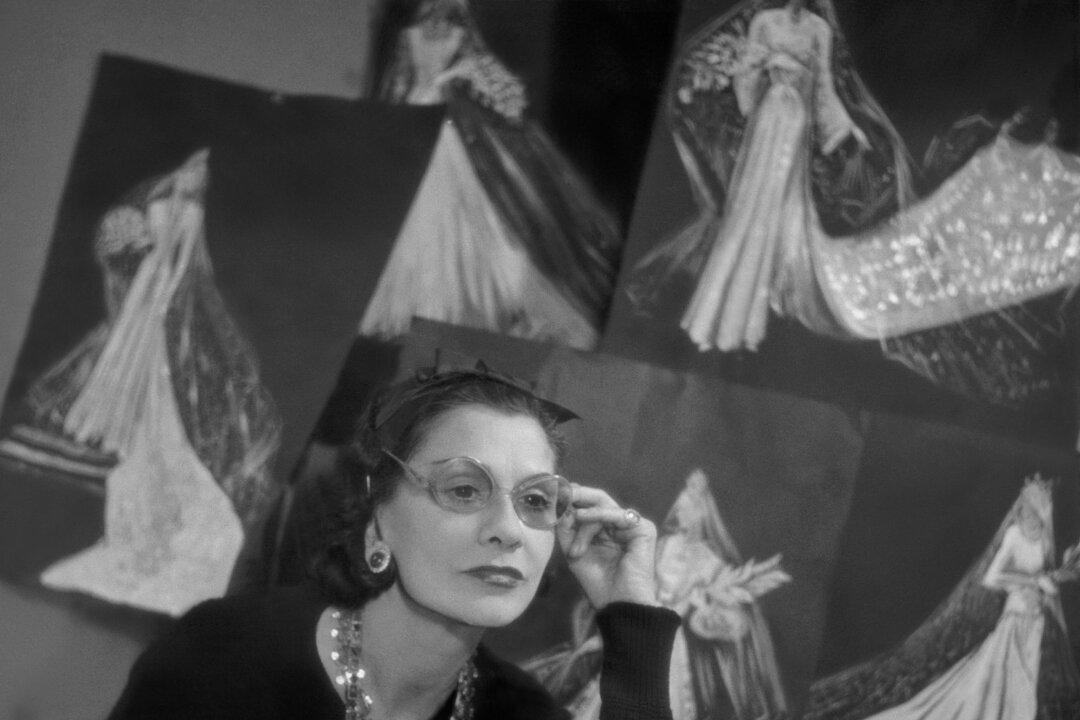In 2020, the Palais Galliera (Fashion Museum of the City of Paris) hosted the first Paris exhibition dedicated to French national treasure couturière Gabrielle “Coco” Chanel. That exhibition, “Gabrielle Chanel. Fashion Manifesto,” has now been revamped, opened—and quickly sold out—at London’s Victoria and Albert Museum (V&A). The museum’s fashion collection is considered the UK’s national collection of fashion.
The V&A shows the Paris exhibition in a new light, with rarely seen pieces from the museum’s Chanel collection shown alongside looks from the Palais Galliera and Patrimoine de Chanel (the House of Chanel’s heritage collection, in Paris).






